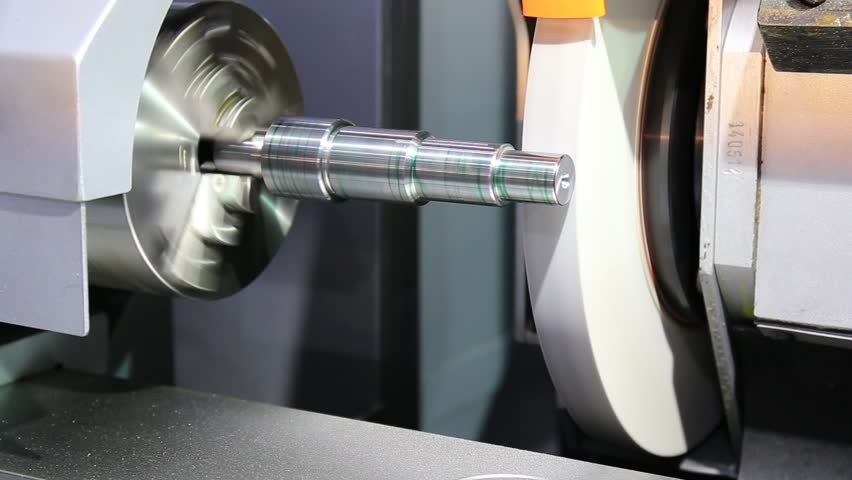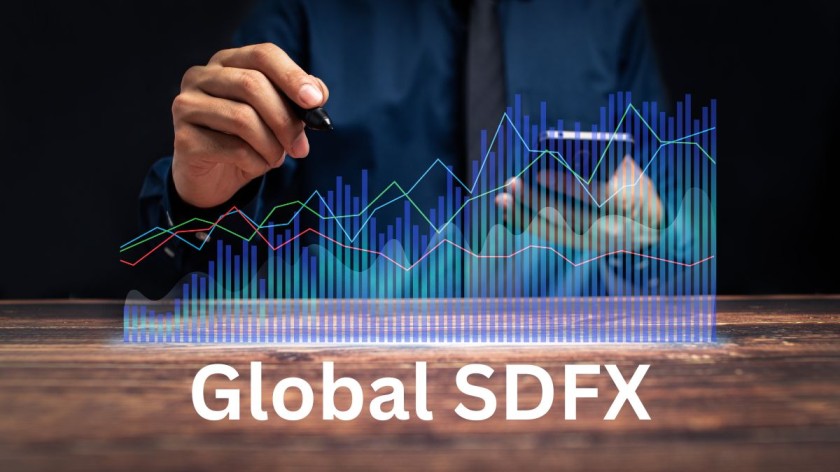Blanchard grinding is a popular and effective method of precision machining that can produce high-quality results with tight tolerances. It is a versatile process and can be used for a wide range of materials, including aluminum, stainless steel, and plastic.
Blanchard grinding offers several advantages over traditional machining techniques, including tremendous accuracy, fast turnaround times, improved surface finish quality, reduced material costs, and increased productivity.
In this article, we will look at the benefits of blanchard grinding for precision machining in more detail.
Table of Contents
ToggleBenefits of Blanchard Grinding for Precision Machining
Tremendous Accuracy
One of the main benefits of blanchard grinding for precision machining is its tremendous accuracy. The process can achieve tolerances as low as 0.001” and eliminates the need for manual filing, which can be very time-consuming. This ensures that parts produced using this method have superior dimensional accuracy and are consistent in quality.
Additionally, since no liquids or oils are used during the process, there is less opportunity for shavings or metal dust buildup on the part surface, further improving accuracy.
Fast Turnaround Times
Another advantage of blanchard grinding is that it allows for fast turnaround times due to its automated nature. By eliminating certain manual processes such as filing and polishing, the overall production cycle is shortened significantly. This can be especially beneficial for parts that require tight turnaround timelines or frequent pattern changes.
Additionally, due to its high levels of accuracy, blanchard grinding eliminates the need for subsequent inspection and quality checks which further reduces lead times.
Improved Surface Finish Quality
Blanchard grinding also provides superior surface finish quality compared to other machining methods.
The process utilizes a rotating magnetic chuck to grind the material in a single pass over the entire part surface. This results in smooth surfaces with minimal burrs or potential sources of defects.
The end result is highly precise parts with consistent surface roughness that meets exacting standards.
Reduced Material Costs
In addition to increased accuracy and improved surface finish, blanchard grinding also offers reduced material costs.
This is due to its ability to grind multiple parts on a single chuck, as well as its high levels of precision which eliminates the need for additional machining operations or scrap materials due to defects.
dditionally, with larger part batches being produced in shorter lead times, there is an overall reduction in machine time costs associated with production.
Increased Productivity
Finally, blanchard grinding can help increase productivity by streamlining the entire machining process. With automated operations that eliminate manual processes such as filing and polishing, more parts can be produced in a shorter amount of time.
Additionally, since the process creates parts with superior accuracy and surface finish quality, there is less need for quality control inspections or subsequent machining steps. This helps to reduce cycle times and increase throughput rates.
Conclusion
In conclusion, blanchard grinding offers numerous advantages over traditional machining methods for precision machining applications. It increases accuracy and provides improved surface finish quality, reduces material costs due to its high efficiency levels, and increases productivity by streamlining the entire production process.
With all of these factors taken into consideration, it’s no wonder that blanchard grinding has become an increasingly popular choice for precision machining operations worldwide.










